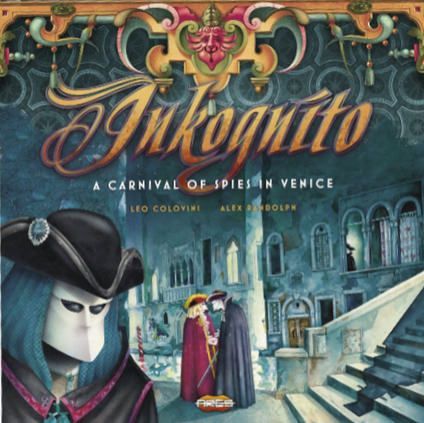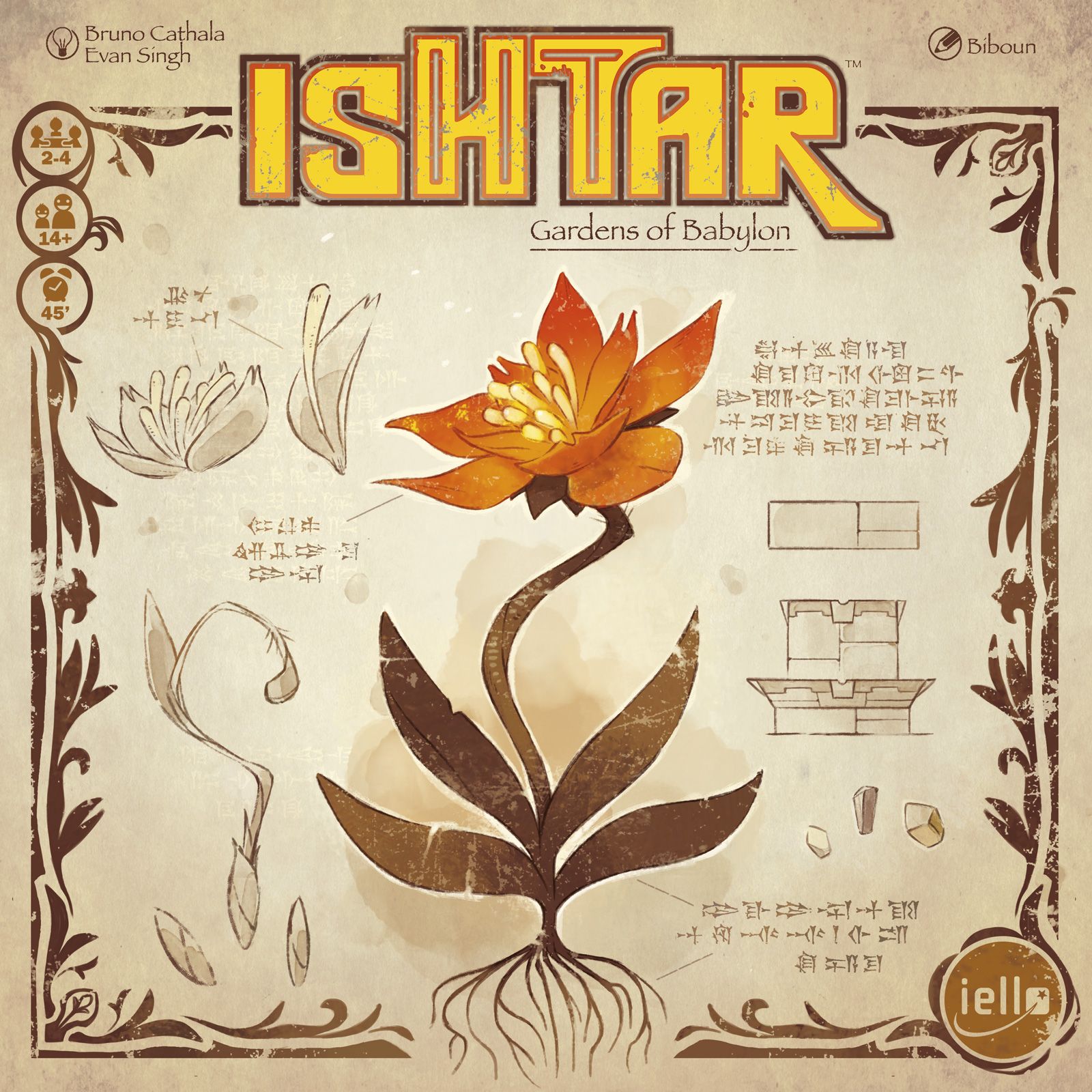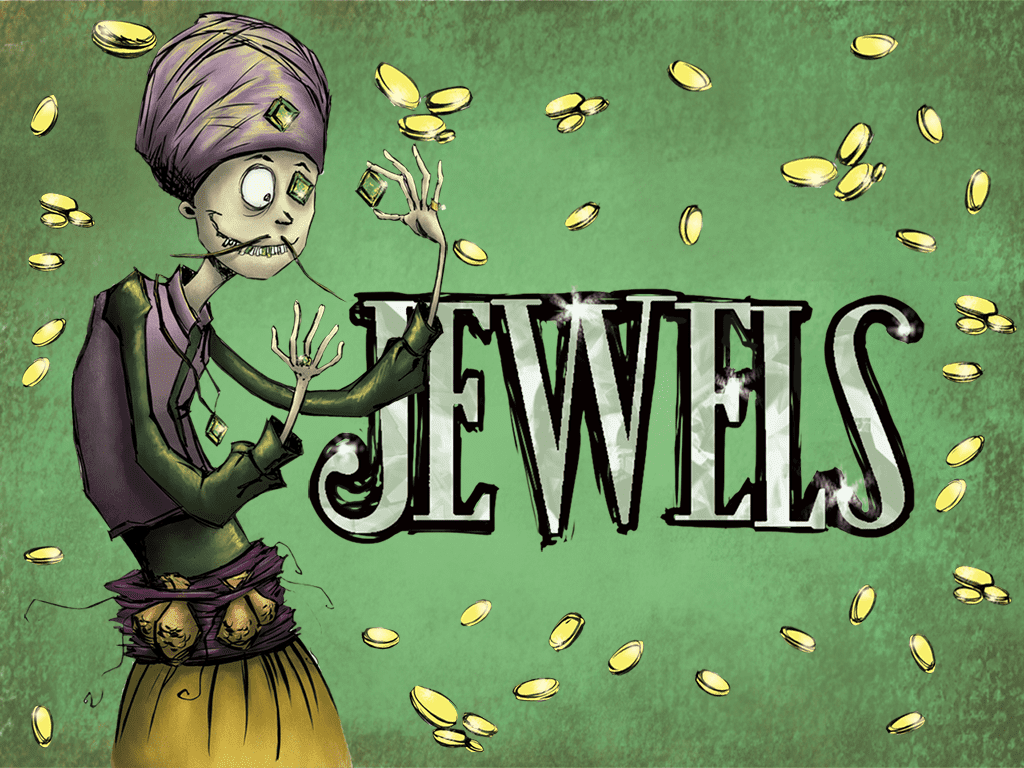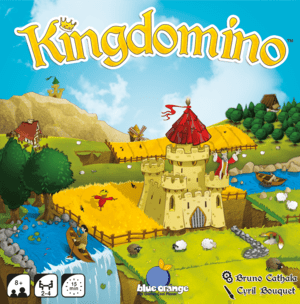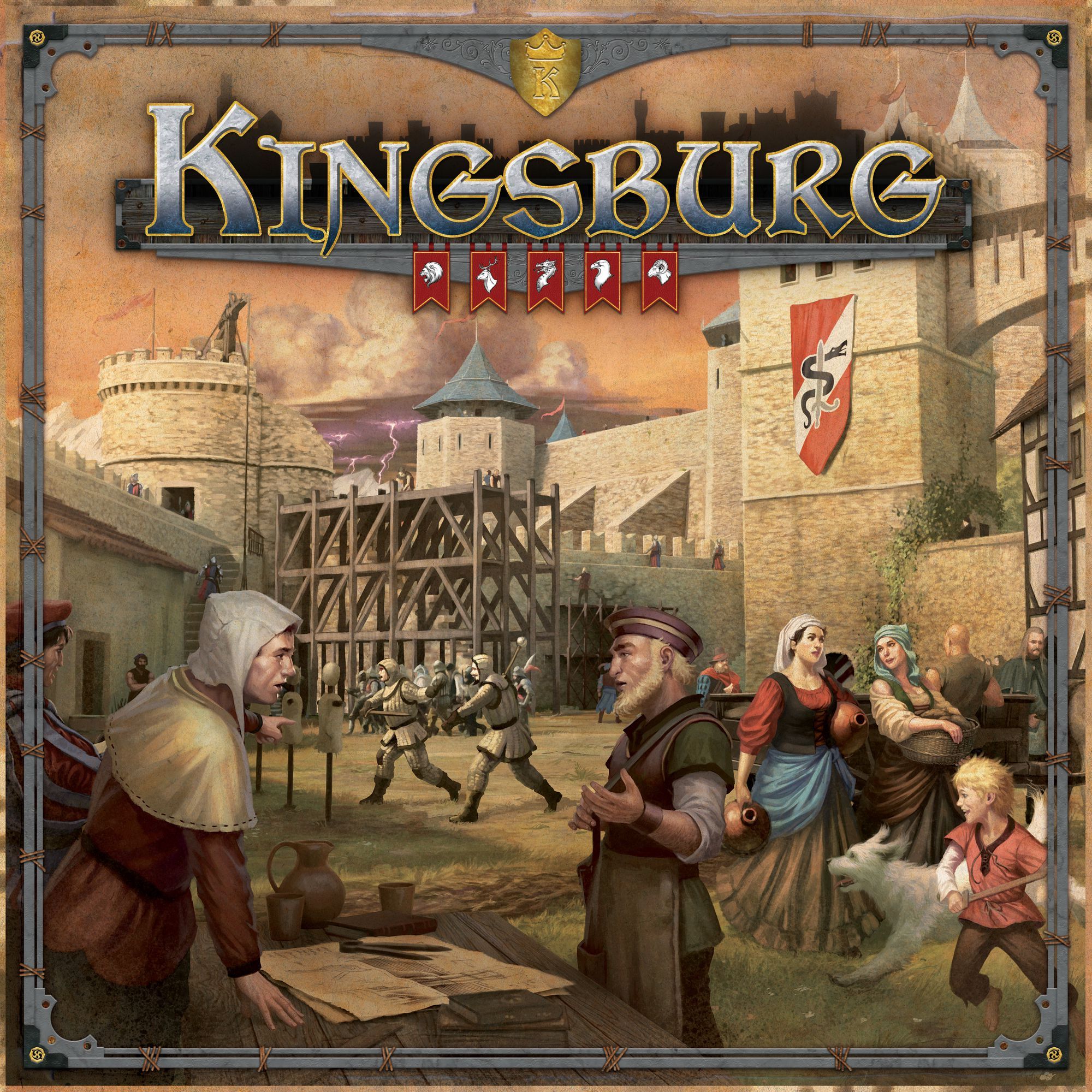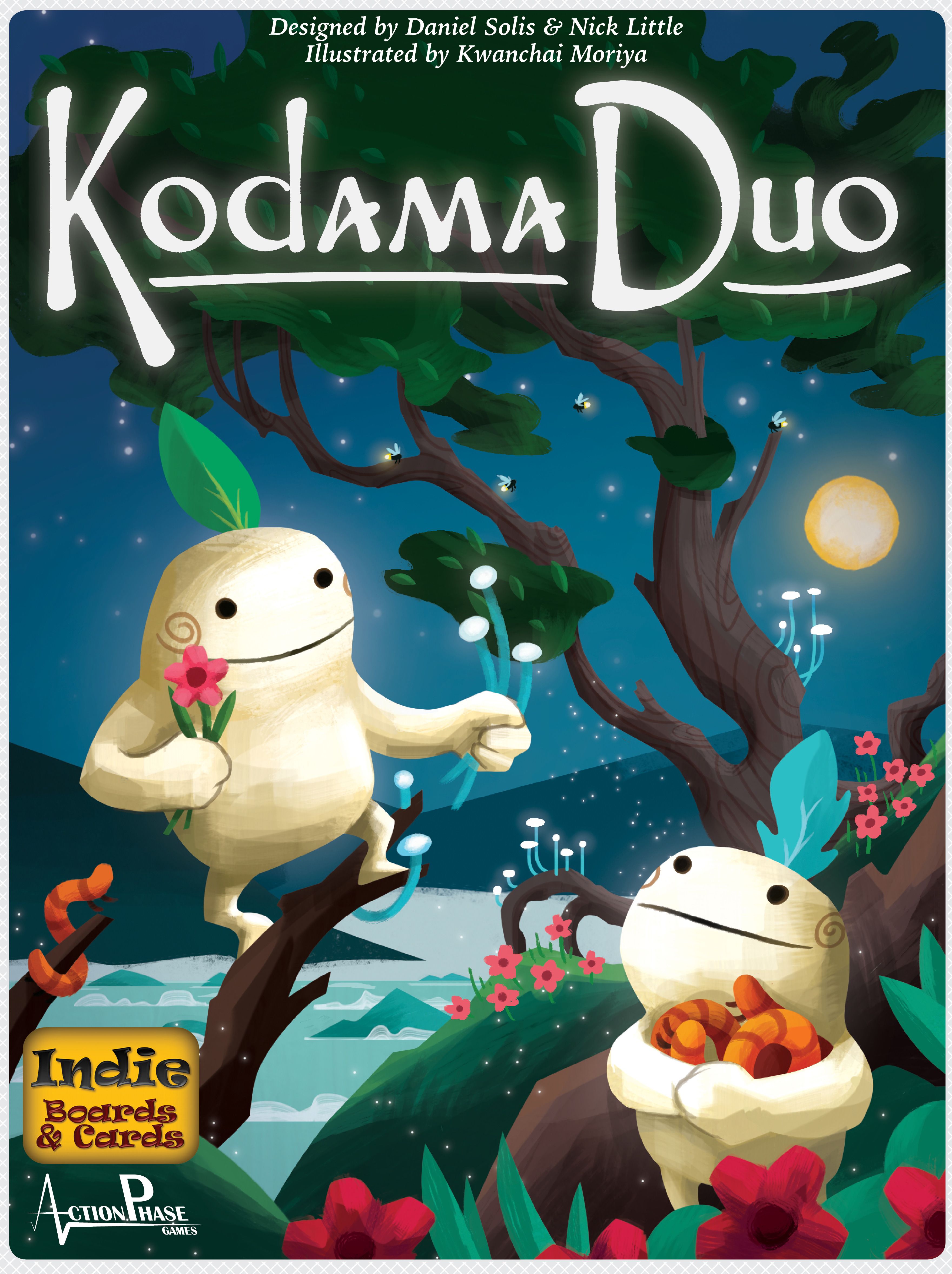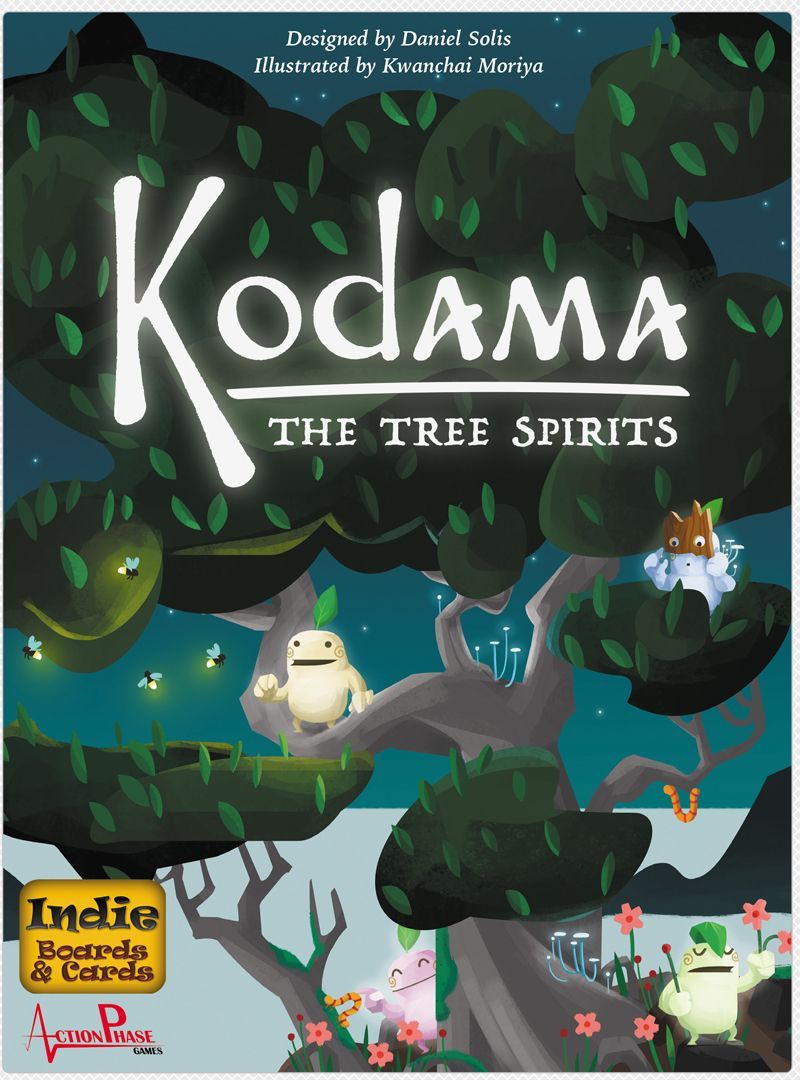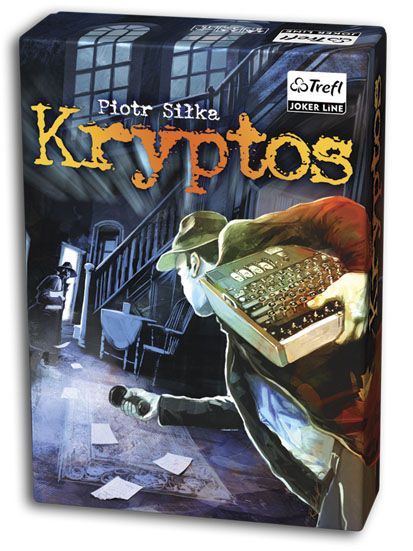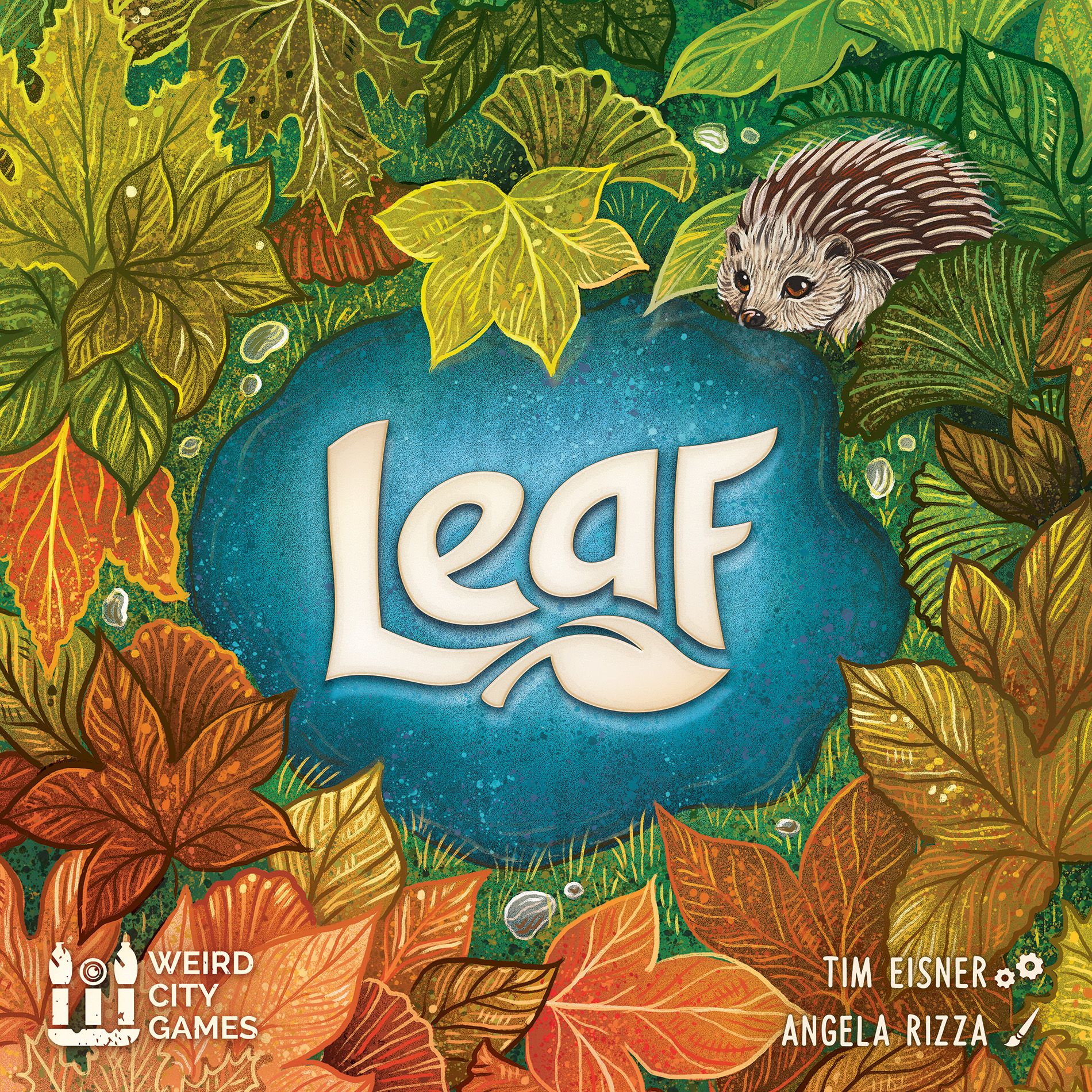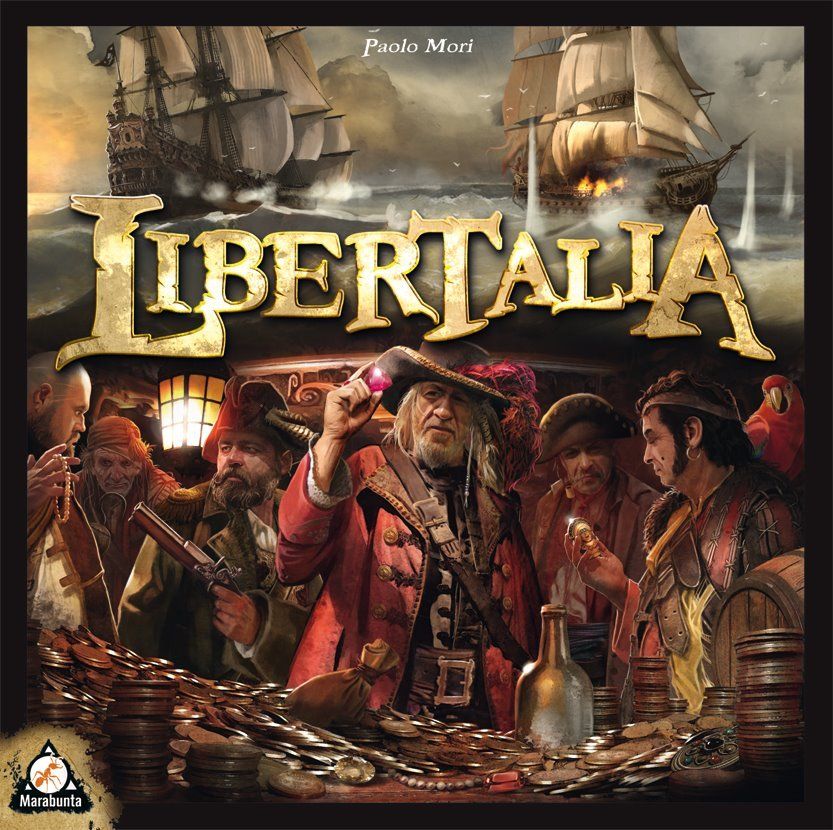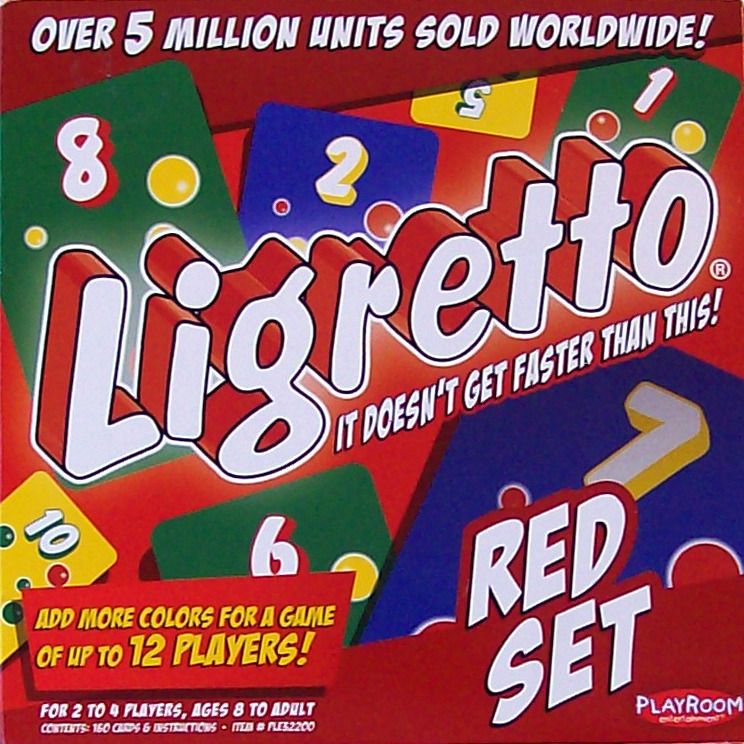Imhotep [Game] BGG
other title:
Imhotep: Arhitectul Egiptului Antic
/
Imhotep: Budowniczy Egiptu
…
genre:
Ancient
/
Transportation
platform:
Boardgame
publisher:
KOSMOS
/
Arclight Games
…
In Imhotep, the players become builders in Egypt who want to emulate the first and best-known architect there, namely Imhotep.
Over six rounds, they move wooden stones by boat to create five seminal monuments, and on a turn, a player chooses one of four actions: Procure new stones, load stones on a boat, bring a boat to a monument, or play an action card. While this sounds easy, naturally the other players constantly thwart your building plans by carrying out plans of their own. Only those with the best timing — and the stones to back up their plans — will prove to be Egypt's best builder.
Over six rounds, they move wooden stones by boat to create five seminal monuments, and on a turn, a player chooses one of four actions: Procure new stones, load stones on a boat, bring a boat to a monument, or play an action card. While this sounds easy, naturally the other players constantly thwart your building plans by carrying out plans of their own. Only those with the best timing — and the stones to back up their plans — will prove to be Egypt's best builder.



